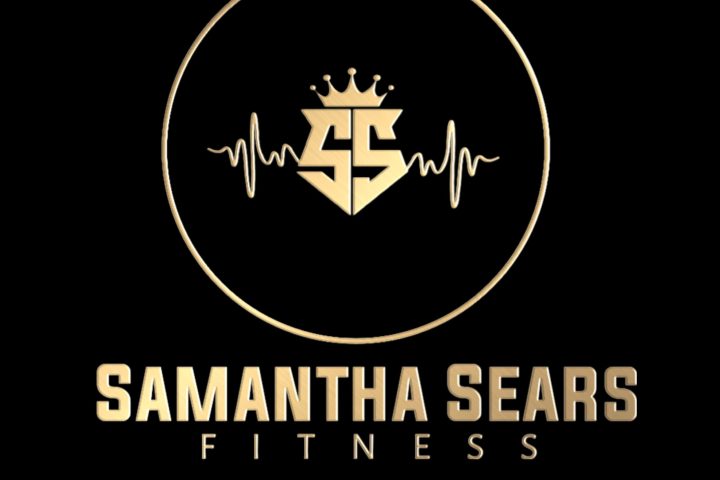
In the world of fitness and wellness, recovery is often seen as the unsung hero of progress. While much attention is given to workouts, nutrition, and mindset, recovery is the critical component that ensures you can perform at your best, avoid injury, and maintain long-term health. Within the realm of recovery, two primary forms exist: active recovery and passive (or complete) recovery. Understanding the difference between these two types, when to utilize each, and the benefits they provide can significantly enhance your overall wellness and athletic performance.
Understanding Active Recovery
Active recovery refers to engaging in low-intensity exercise or activities on rest days or after a more intense workout session. Unlike complete rest, where you may be entirely sedentary, active recovery keeps the body moving but at a lower intensity to promote circulation, reduce muscle stiffness, and enhance the removal of metabolic waste products that accumulate during intense physical activity.
What Constitutes Active Recovery?
Active recovery can take many forms, depending on your fitness level, goals, and the intensity of your previous workout. Common examples include:
Light Jogging or Walking: A gentle run or walk, especially in nature, can help maintain cardiovascular fitness while allowing your muscles to recover.
Yoga or Stretching: Gentle stretching or yoga sessions focus on flexibility and mobility, promoting relaxation while aiding in muscle recovery.
Swimming: Swimming at a leisurely pace can be a fantastic way to engage multiple muscle groups without the impact stress, making it ideal for active recovery.
Cycling: Similar to jogging, cycling at a low intensity helps keep your heart rate up without placing significant strain on your muscles and joints.
Foam Rolling or Self-Myofascial Release: Using a foam roller to massage tight or sore muscles can improve circulation and reduce muscle stiffness, aiding recovery.
Benefits of Active Recovery
Active recovery offers a range of benefits, making it a valuable tool in any fitness regimen:
Enhanced Circulation: Gentle movement increases blood flow, delivering more oxygen and nutrients to fatigued muscles, which can accelerate the recovery process.
Reduced Muscle Soreness: Active recovery can help alleviate delayed onset muscle soreness (DOMS), which often occurs after intense workouts. The light activity helps flush out lactic acid and other waste products that contribute to soreness.
Improved Mobility and Flexibility: Engaging in activities like yoga or stretching during active recovery days can improve your range of motion and flexibility, reducing the risk of injury in future workouts.
Mental Rejuvenation: Active recovery isn’t just beneficial for the body; it can also provide a mental break from intense training. Engaging in low-intensity, enjoyable activities can help reduce stress and prevent burnout.
When to Opt for Active Recovery
Active recovery is particularly beneficial in the following scenarios:
After Intense Workouts: Following a high-intensity workout, active recovery can help speed up the recovery process by promoting blood flow and reducing muscle soreness.
During Deload Weeks: If you’re in a period where you’re intentionally reducing the intensity and volume of your training, incorporating active recovery can help maintain fitness levels without adding unnecessary strain.
On Rest Days: Instead of taking a complete rest day, incorporating active recovery can keep your body engaged and prevent stiffness without hindering recovery.
After Competitions or Events: Post-competition, when your body may be particularly fatigued, active recovery can aid in the gradual return to normal training levels.
Understanding Passive Recovery
Passive recovery, often referred to as complete rest, involves taking time off from all forms of exercise to allow your body to fully recover from the physical and mental demands of training. This could involve a full day of rest, getting adequate sleep, and engaging in activities that promote relaxation.
What Constitutes Passive Recovery?
Passive recovery activities are those that allow the body and mind to completely relax and rejuvenate, such as:
Sleeping: Adequate sleep is perhaps the most critical aspect of passive recovery, as it allows the body to repair and regenerate tissues, balance hormones, and restore energy levels.
Meditation and Mindfulness: Engaging in mindfulness practices or meditation can help reduce stress, lower cortisol levels, and promote a sense of calm, which aids recovery.
Massage or Spa Treatments: Professional massages or spa treatments can help relax muscles, reduce tension, and promote overall well-being.
Hydration and Nutrition: Proper hydration and nutrition during passive recovery ensure that your body has the necessary resources to repair and rebuild muscle tissues.
Benefits of Passive Recovery
Passive recovery is essential for several reasons, providing benefits that are crucial for long-term health and performance:
Muscle Repair and Growth: During rest, particularly during deep sleep, the body releases growth hormone, which plays a critical role in muscle repair and growth.
Mental Recovery: Taking time off from training can help alleviate mental fatigue, reduce stress, and prevent burnout, which is crucial for maintaining motivation and focus.
Injury Prevention: Adequate rest allows the body to heal minor injuries or niggles before they become more serious, reducing the risk of overtraining and injury.
Hormonal Balance: Rest days help regulate hormones that are affected by intense training, such as cortisol (the stress hormone) and testosterone, both of which are crucial for recovery and performance.
When to Opt for Passive Recovery
Passive recovery should be prioritized in the following situations:
After Extremely Intense or Long Training Periods: If you’ve completed a particularly grueling training cycle or competition, your body may need complete rest to fully recover.
When Feeling Overly Fatigued: If you’re experiencing symptoms of overtraining, such as chronic fatigue, irritability, or a significant decrease in performance, it’s essential to take time off to allow your body to recover.
During Illness: When your body is fighting off an illness, passive recovery is crucial to ensure your immune system can function optimally.
After Injury: If you’re recovering from an injury, passive recovery may be necessary to allow the injury to heal properly before returning to active recovery or regular training.
The Importance of Listening to Your Body
One of the most critical aspects of recovery—both active and passive—is the ability to listen to your body. While general guidelines can be helpful, your body’s needs can vary from day to day based on factors such as stress, sleep quality, nutrition, and training load.
Signs You Need Active Recovery:
Mild Soreness or Stiffness: If you’re feeling slightly sore or stiff after a workout but otherwise energized, active recovery may help alleviate discomfort and speed up recovery.
Desire to Move: If you feel restless on your rest days and want to engage in some form of movement, active recovery can be a great way to satisfy that urge without overexerting yourself.
Signs You Need Passive Recovery:
Extreme Fatigue: If you feel excessively tired, both physically and mentally, it may be a sign that your body needs complete rest.
Persistent Soreness or Pain: If you’re experiencing ongoing soreness or pain that doesn’t improve with active recovery, it’s crucial to take a step back and allow your body to heal.
Sleep Disruptions: Poor sleep or a significant change in sleep quality can be a sign that your body is overstressed and in need of passive recovery.
Strategies for Maximizing Recovery
To get the most out of both active and passive recovery, consider implementing the following strategies:
Prioritize Sleep: Aim for 7-9 hours of quality sleep each night, as this is when the majority of muscle repair and recovery occurs.
Stay Hydrated: Proper hydration is essential for muscle recovery, as water plays a key role in nutrient transport and waste removal.
Balance Your Nutrition: Focus on a balanced diet rich in whole foods, including adequate protein, healthy fats, and carbohydrates, to support recovery.
Incorporate Regular Stretching or Yoga: Regular stretching or yoga can improve flexibility, reduce muscle tension, and enhance overall recovery.
Use Tools Like Foam Rollers and Massage Guns: These tools can help target specific areas of muscle tightness and improve circulation, aiding in recovery.
Listen to Your Body: Pay attention to how you feel each day and adjust your recovery strategies accordingly. Some days may require more rest, while others may benefit from light activity.
Both active recovery and passive recovery are essential components of a well-rounded fitness regimen. By understanding the purpose and benefits of each, you can make informed decisions about when to engage in active recovery and when to prioritize complete rest. Ultimately, the key to maximizing your health and performance lies in listening to your body and giving it what it needs to recover, repair, and thrive. Whether you’re an athlete, a weekend warrior, or someone just beginning their fitness journey, incorporating both types of recovery into your routine will help you achieve your goals and maintain long-term well-being.
